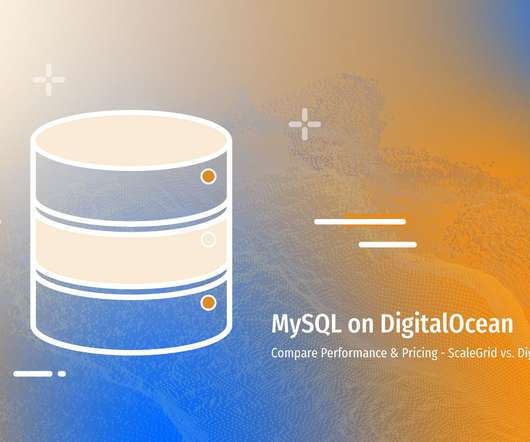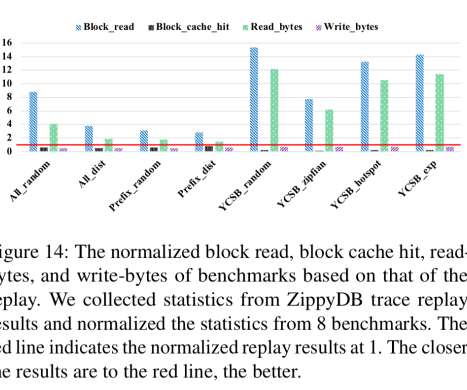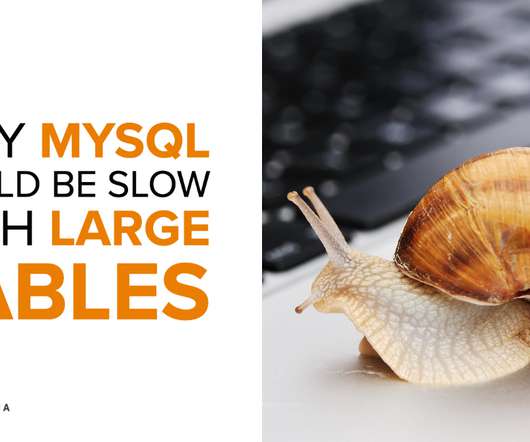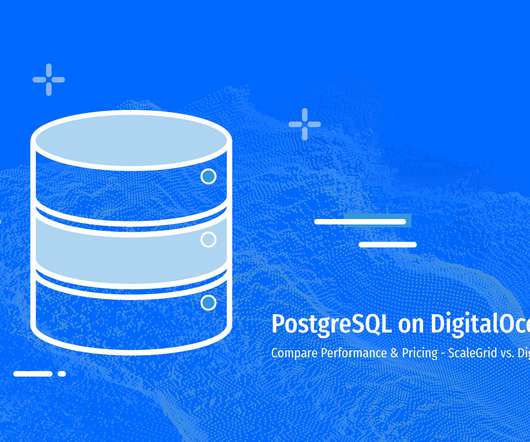Best MySQL DigitalOcean Performance – ScaleGrid vs. DigitalOcean Managed Databases
Scalegrid
JUNE 22, 2020
MySQL is the all-time number one open source database in the world, and a staple in RDBMS space. MySQL on DigitalOcean is a natural fit, but what’s the best way to deploy your cloud database? ScaleGrid provides 30% more storage on average vs. DigitalOcean for MySQL at the same affordable price. At a glance – TLDR.































Let's personalize your content